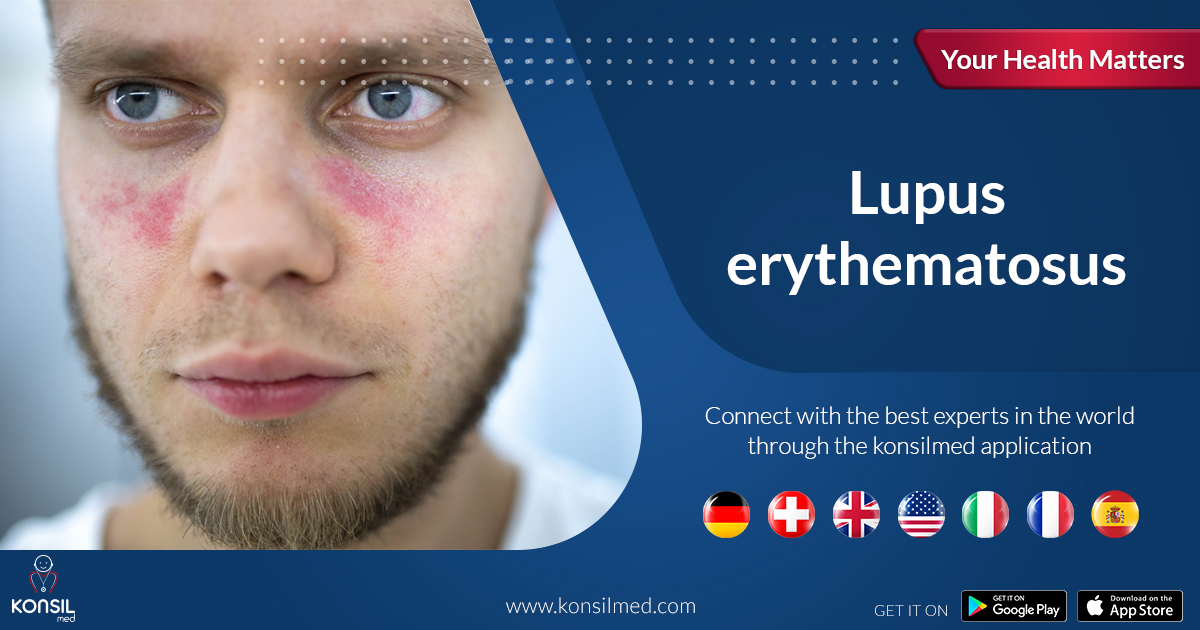
Lupus erythematosus is a chronic disease that occurs when the immune system attacks healthy body tissues and organs, as a natural reaction when an infection is suspected in the bloodstream.
It appears as a facial rash across the cheeks, resembling the wings of a butterfly. Most people with SLE are able to live a normal life with treatment.
Types of lupus?
There are several types of lupus, learn about them:
Systemic lupus erythematosus (SLE): The most common and severe form of SLE, it can affect many parts of the body, including the kidneys, heart, lungs, brain, blood, and skin.
Discoid: It is a type of lupus that affects only the skin and causes a rash. This rash may be anywhere but is usually found on the face, neck, and scalp.
* Drug-induced lupus erythematosus (DIL): It occurs after a person takes certain types of medications, and the symptoms are similar to systemic lupus, but they usually disappear when the medication is stopped.
* Neonatal lupus: It may affect newborns, and it can cause skin rashes, anemia, or liver problems. Symptoms usually disappear after a few months and do not cause any permanent damage.
Causes of SLE:
The exact cause of SLE is not known, but there are several factors associated with the disease, which include the following:
* Genetics: This disease is not linked to a specific gene, but people with lupus often have family members with other autoimmune diseases.
Environmental factors: Some environmental triggers, such as too much exposure to ultraviolet light, can increase the risk of developing SLE.
*Infection: The presence of infection can initiate lupus or cause a relapse in some people.
Medications: Lupus can be caused by certain types of blood pressure medications, antiepileptic drugs, and antibiotics.
* Gender: Lupus affects more women than men, women may also experience more severe symptoms during pregnancy and with menstrual periods.
Symptoms of lupus
Symptoms can vary and can change over time. Common symptoms include:
* extreme fatigue.
* Joint pain and swelling.
*Headache.
*A rash on the cheeks and nose, called a butterfly rash.
*Hair loss.
* Anemia and blood clotting.
*White or blue fingers and tingling when cold, which is known as Raynaud's phenomenon.
Diagnosis of SLE:
There is no single test that can diagnose SLE. A combination of laboratory tests, medical imaging, and results of a physical examination leads to the diagnosis.
1. Physical examination
Your doctor will perform a physical examination to check for typical signs and symptoms of SLE, including:
*Sun allergy rash, such as a skin rash or a butterfly rash.
* Mucous membrane ulcers, which may occur in the mouth or nose.
*Arthritis, which is swelling or tenderness of the small joints of the hands, feet, knees, and wrists.
* Hair loss and thinning.
*Signs of a heart or lung disorder, such as bumps, rubs, or irregular heartbeat.
2. Laboratory tests
Laboratory tests can help your doctor reach an informed diagnosis and include:
*Blood tests: such as antibody tests and complete blood count examination.
*Urine analysis: A urine sample can show a high level of protein or red blood cells in the urine, which may occur if lupus affects the kidneys.
3. Medical imaging tests
If your doctor suspects that lupus affects your lungs or heart, he or she may suggest the following:
*Chest X-ray: A picture of your chest that may reveal fluid or inflammation in your lungs.
*Echocardiogram: This test uses sound waves to produce real-time images of your beating heart.
Complications of lupus erythematosus:
*Blood clots and vasculitis or inflammation of the blood vessels.
*Inflammation of the heart, or inflammation of the pericardium.
*Heart attacks.
*brain attack.
*Changes in memory.
*Behavioral changes.
* Inflammation of the tissues and lining of the lung.
*Kidney failure.
Treatment of lupus erythematosus:
Treatment for lupus depends on the severity of symptoms and the size of the affected body parts, and treatments may include the following:
* Non-steroidal anti-inflammatory drugs.
* Steroid creams for rashes.
* Cortisone to reduce the immune response.
* Medicines for skin problems.
*Disease-modifying drugs or targeted immune system agents in more severe cases.




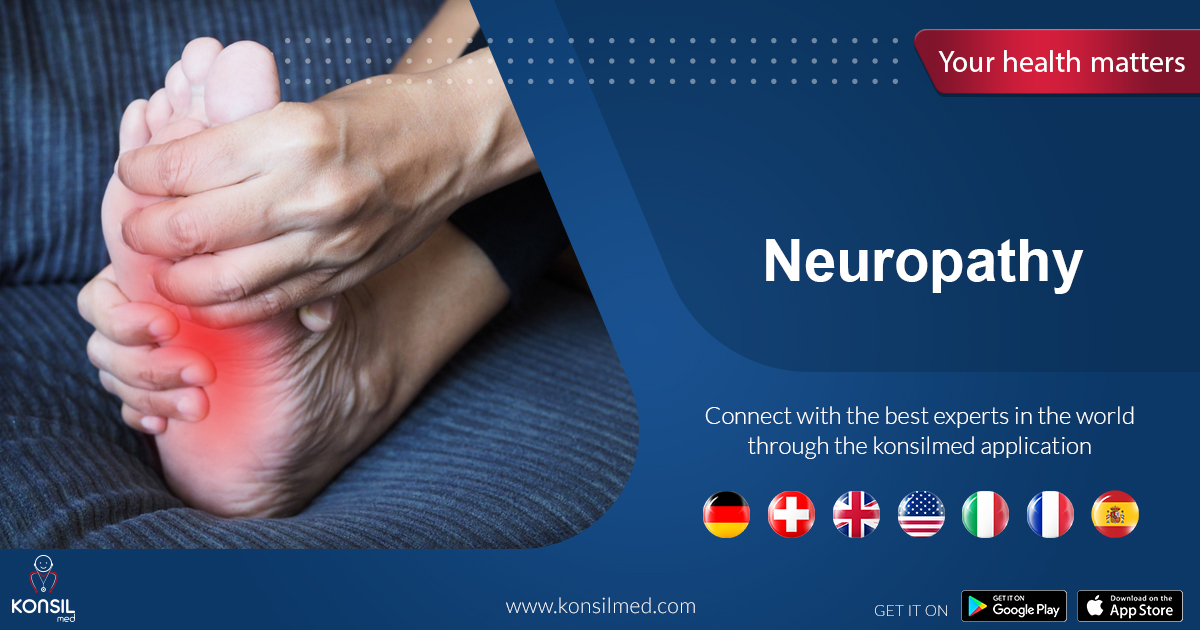


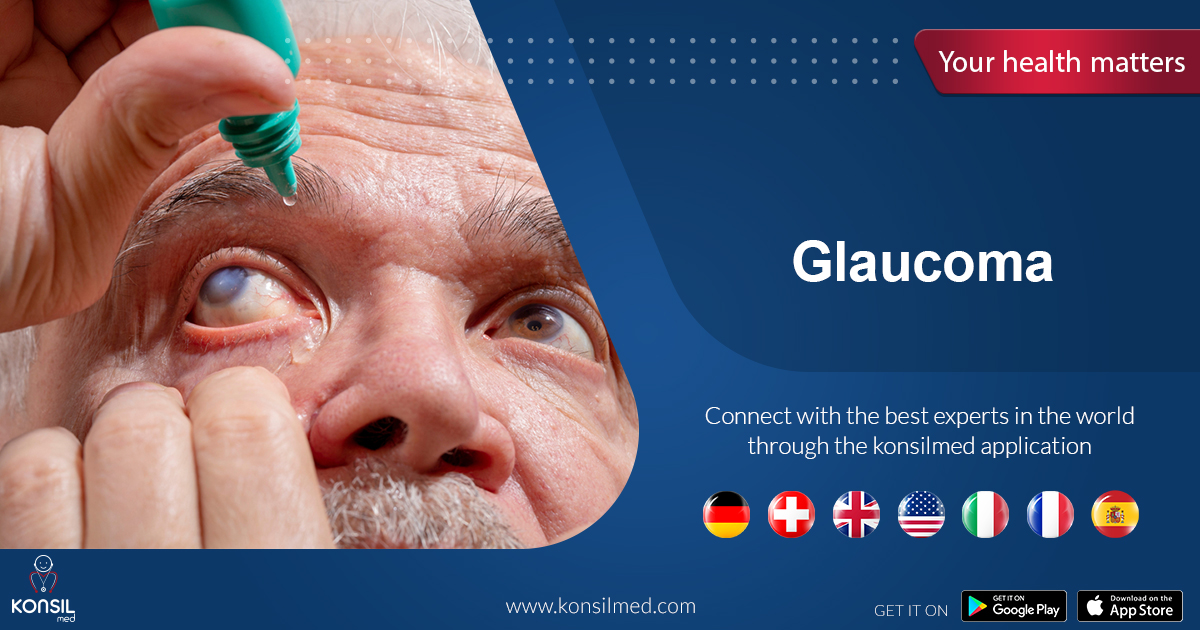

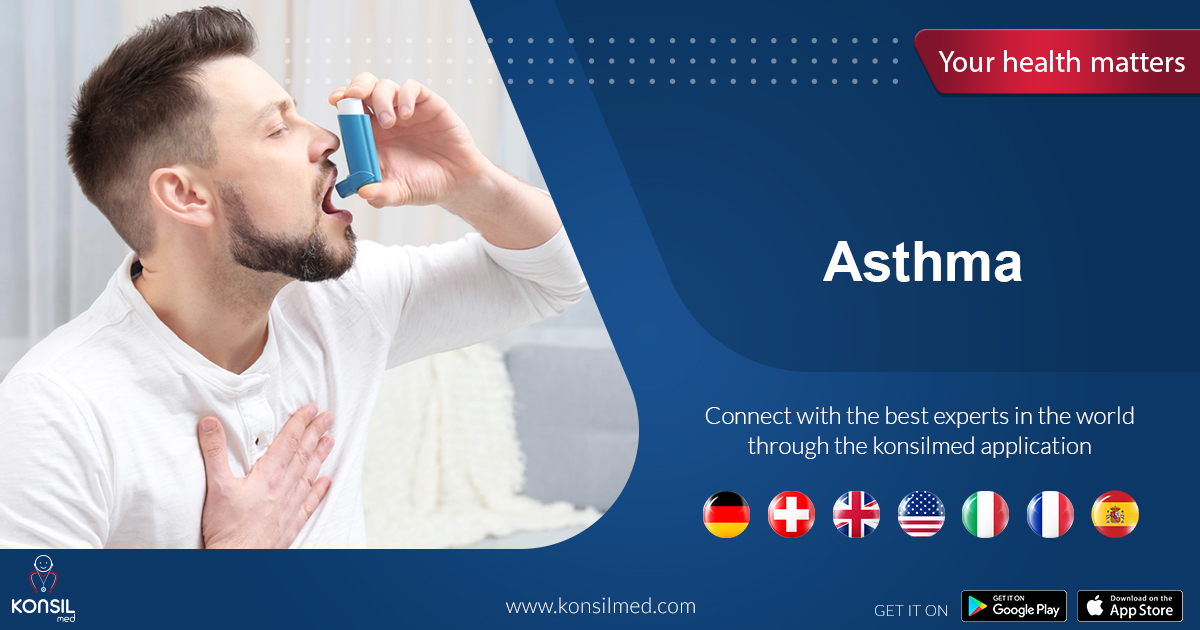

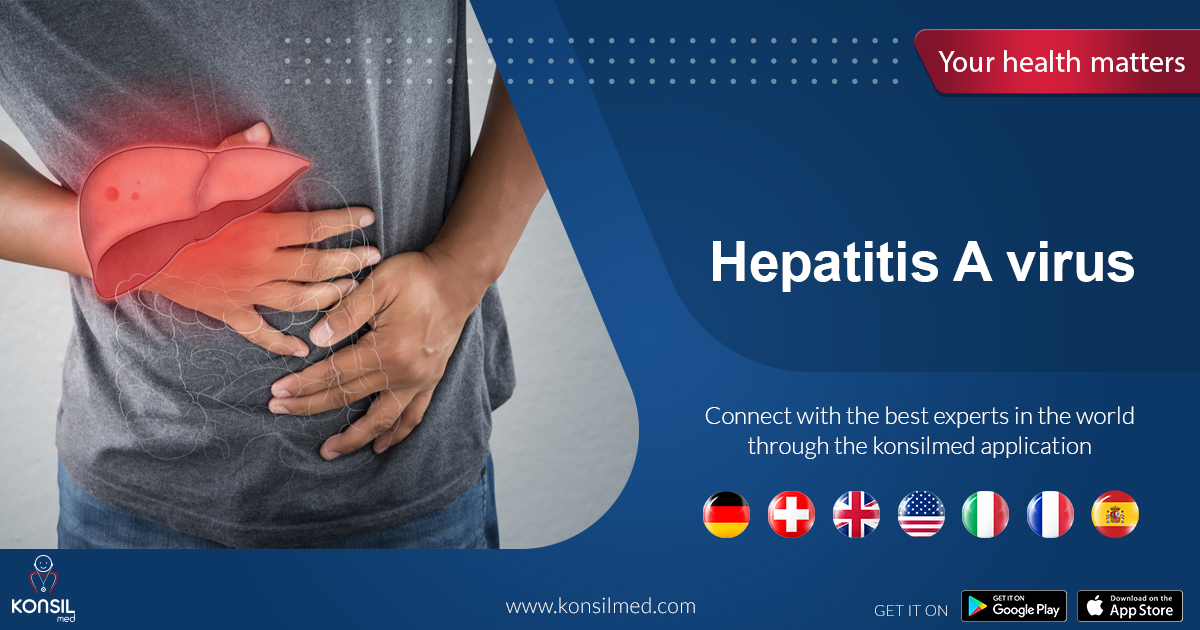

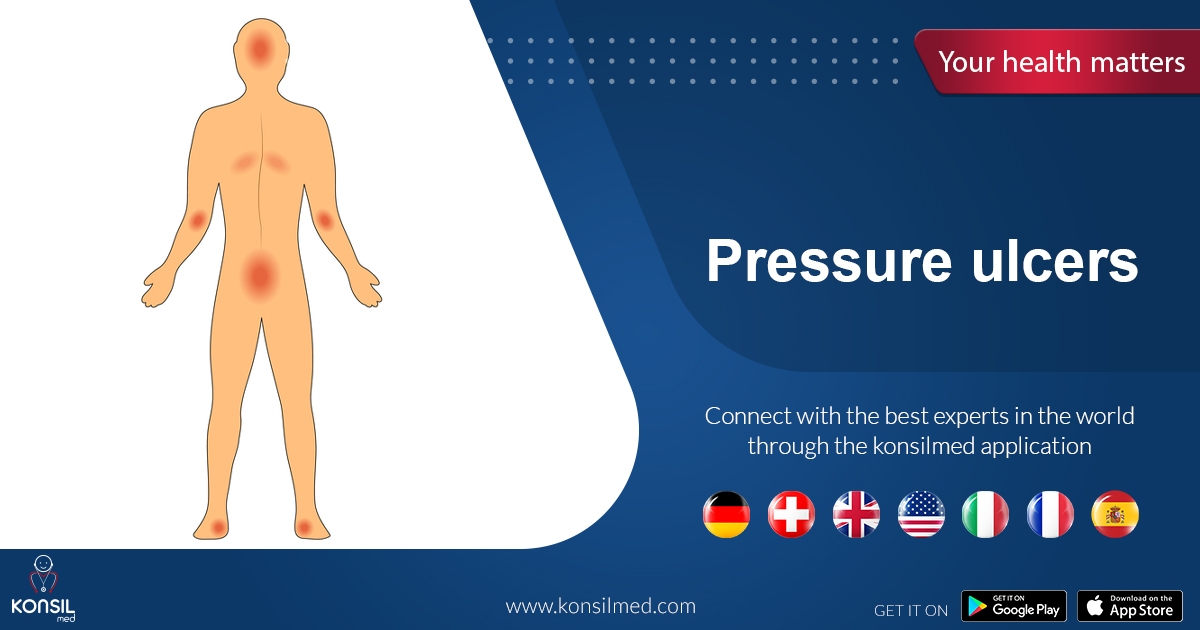


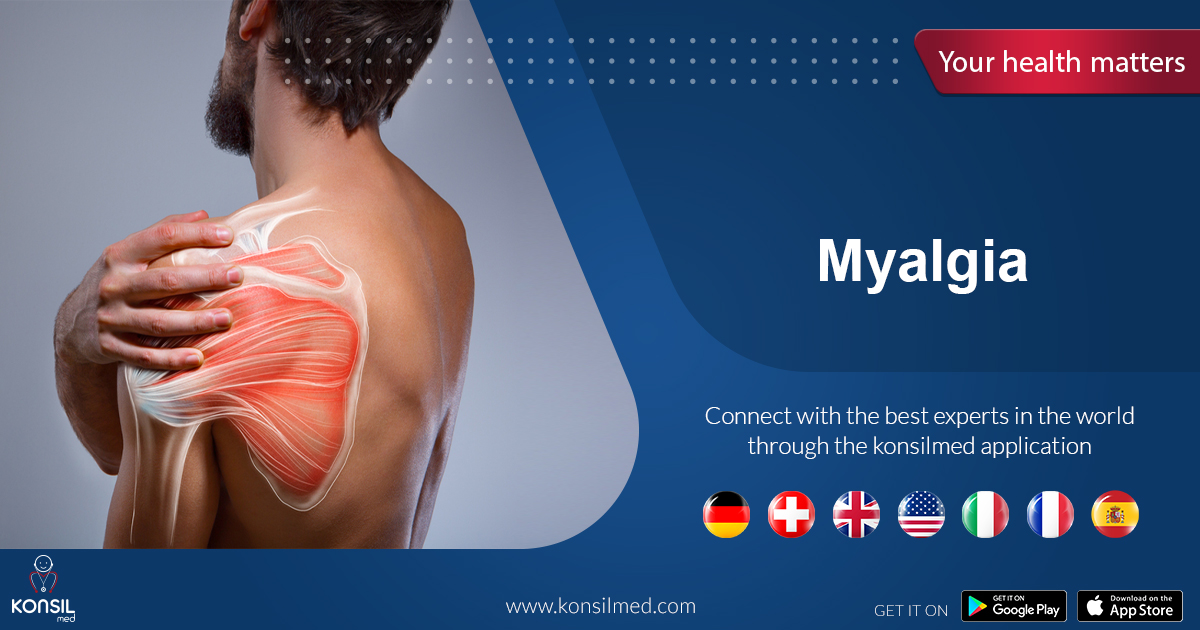
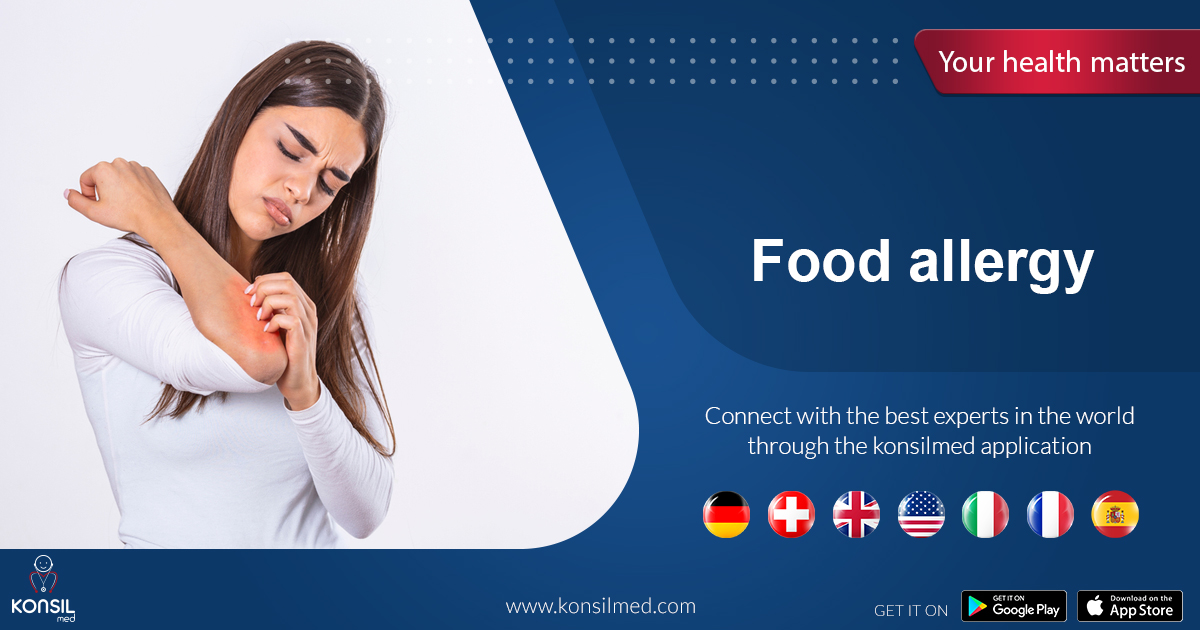






















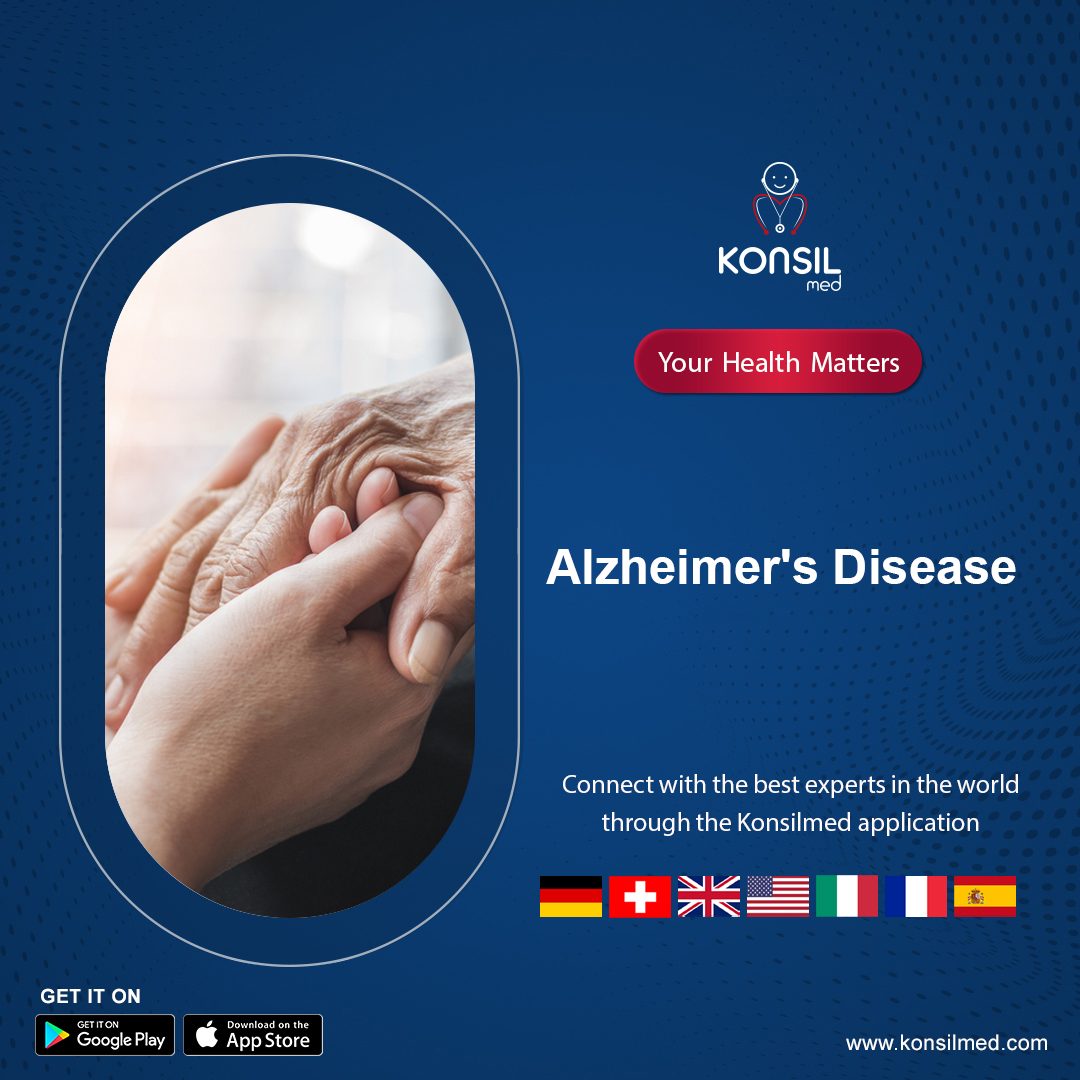


























.jpg)
.jpg)